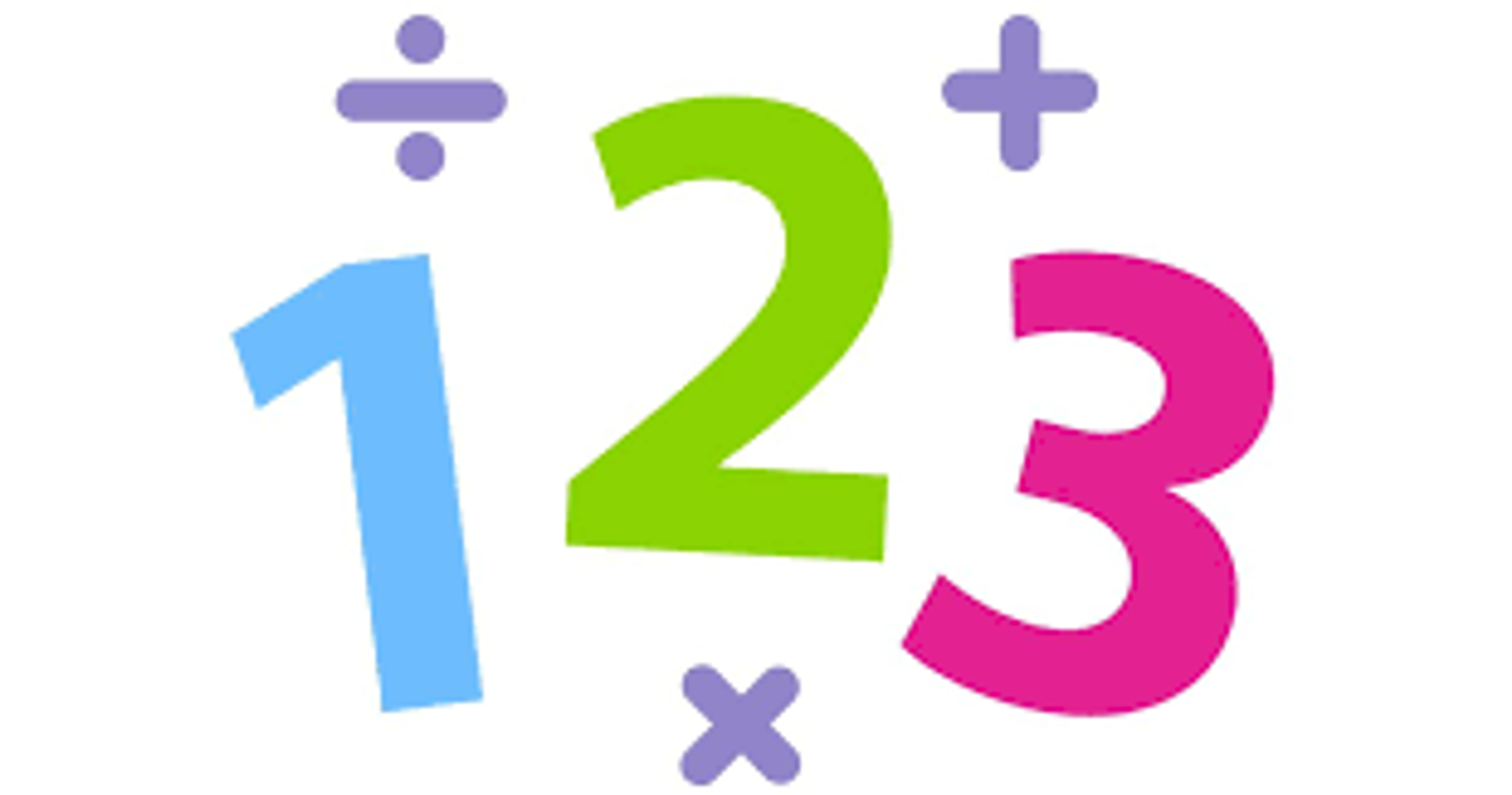Numeracy Report

DOING MATHS TOGETHER AT HOME
How to help your (6-8 year old)
Check their understanding of the basics
- Does your child know the counting sequence up to 20?
- Can your child count a number of objects up to 20 accurately, touching moving one object at a time?
- Can your child quickly recognise a number of objects between 1 and 10 in a ten-frame or on fingers without counting?
- Can your child count up, starting on any number between 1 and 20?
- Can your child count down, starting on any number between 1 and 20?
- Can your child recognise that numbers can be partitioned?
- Has your child begun to understand place value?
Work on helping your child recognise number bonds
Number bonds (sometimes called ‘friends of 10’) are pairs of numbers that add up to certain totals e.g. 3 + 7 = 10. A good understanding of number bonds is important for nearly every part of maths your child will learn, so it’s crucial they feel comfortable with them.
The most important number bonds are those that add up to 10. Look at the example below:
4 + 6 = 10
Children should understand the relationship between 4, 6 and 10 and the different ways these three numbers can interact. So they should understand that 4 + 6 = 10 is the same as 6 + 4 = 10, and that 10 – 6 = 4 or 10 – 4 = 6 are the reverse.
Once your child is happy with numbers bonds up to 10, you will want to move on to number bonds up to 20. These are slightly more complex, and need a basic knowledge of place value as well.
For example, the calculation 9 + 5 can be reformulated as 10 + 4, but this is much easier to do if your child understands that 9 is close to 10 and 4 is close to 5.
Help them get started with division and multiplication
Your child may have learnt the very basics of multiplication and sharing in Year 1, but it is covered much more heavily in Year 2, and division is introduced for the first time.
Rather than trying to teach times tables (which will probably be too complex to start with), support your child’s learning by helping them see multiplication and division in more simple terms.
One of the simplest ways to look at multiplying is repeated addition. 5 x 2 can be seen as 2 lots of 5 (or 5 + 5). Equally, 2 x 5 can be seen as 5 lots of 2 (or 2 + 2 + 2 + 2 + 2.) Develop this understanding by showing this using objects:
Division can be explained in terms of grouping and sharing. Grouping involves seeing a calculation such as 10 ÷ 2 as, “How many groups of 2 can be made from 10?”
While sharing involves seeing 10 ÷ 2 as, “If I share 10 into 2 equal groups, how many are in each group?”
Taken from https://thirdspacelearning.com/
Kind regards,
Jennifer O’Connor
Assistant Principal





